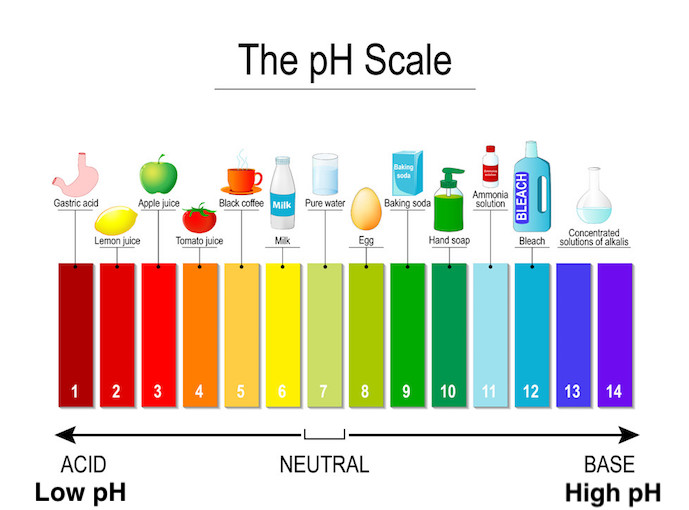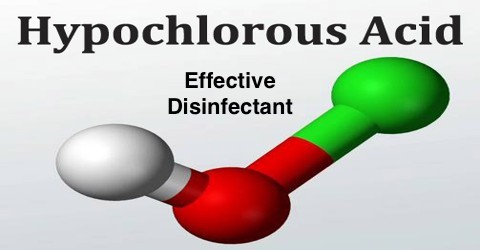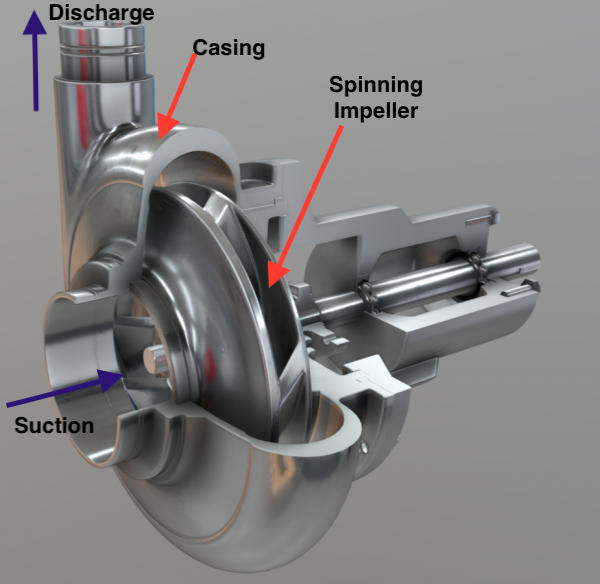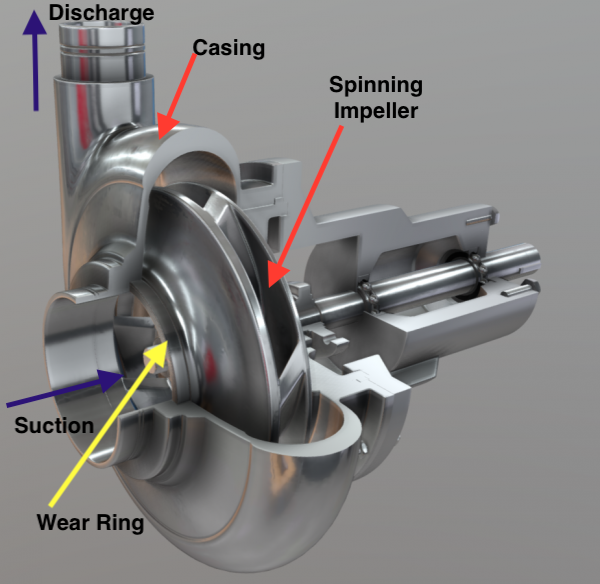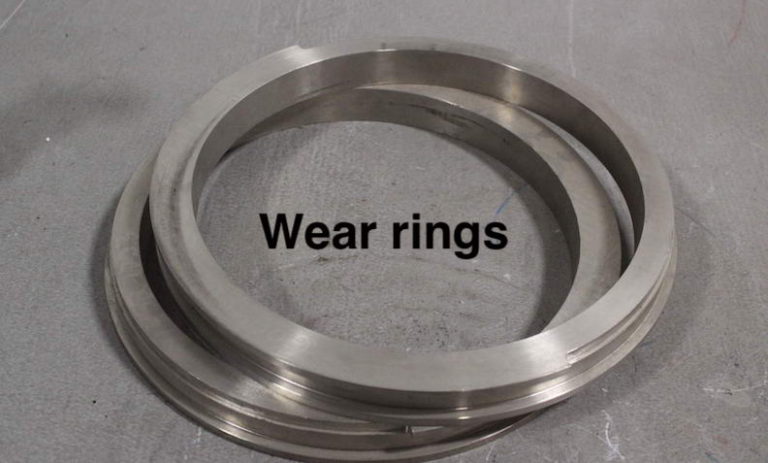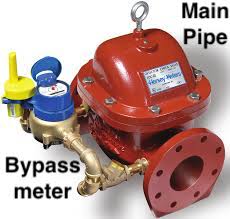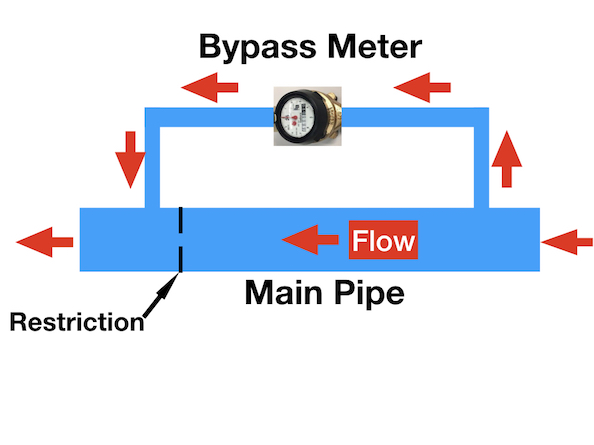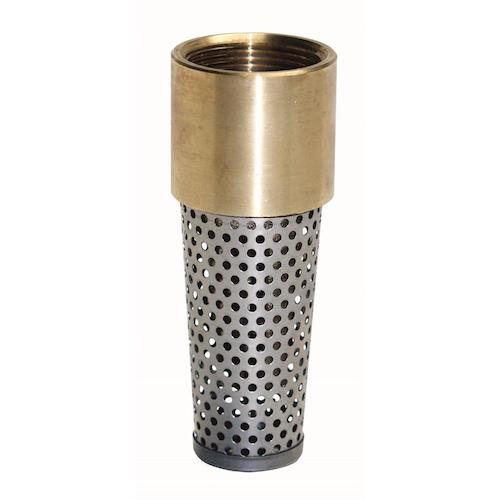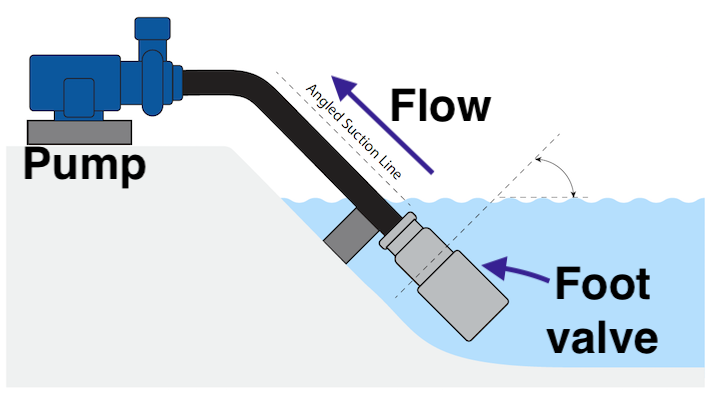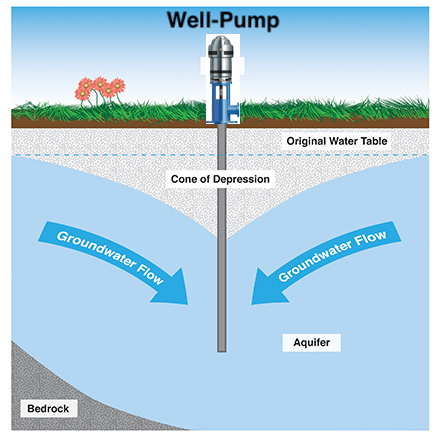Here are 4 practice questions that will help you prepare for the exam. They were taken from a helpful Water Distribution Study Guide.
On the Water Distribution Operator Certification Exam, you’ll be tested on similar types of questions. Therefore, you should be prepared to answer the following types of questions on test-day.
Try to answer these questions by yourself. I placed the answers at the bottom of the page, with explanations. Good luck.
Water Distribution Study Guide
PRACTICE QUESTIONS:
- What chemicals are formed when chlorine is mixed with water?
a. Hydrogen sulfide and ammonia
b. DPD and carbon dioxide
c. Sodium hypochlorite and calcium hypochlorite
d. Hypochlorous acid and hydrochloric acid
2. Which pump component prevents leakage from the pump discharge to the suction?
a. Lantern ring
b. Volute
c. Wear ring
d. Shaft sleeve
3.Which meter relies on a bypass meter to measure the flow through the main line?
a. Compound meter
b. Proportional meter
c. Orifice meter
d. Venturi meter
4.Which of the following is a special type of check valve, used to prevent water from draining out of the suction side of the pump?
a. Globe valve
b. Diaphragm valve
c. Air release valve
d. Foot valve
5. What is a cone of depression?
a. Depth of groundwater when the well-pump is not operating.
b. A seal located around a well, to prevent groundwater contamination.
c. A cone-shaped depression of the groundwater around the well, caused by pumping.
d. The vertical distance between the pumping water level and the ground surface.
HELPFUL RESOURCES:
Water Distribution Operator Certification Classes
Practice Exams: Water Distribution
ANSWERS:
1. Answer: D, Hypochlorous acid and hydrochloric acid
When chlorine is mixed with water, two acids are formed: hypochlorous acid and hydrochloric acid.
Since acids are formed, the pH of water will decrease when chlorine is mixed with water. Remember – acids have low pH.
Among the two acids that are formed, hypochlorous acid is the chemical that provides disinfection power. Hypochlorous acid is a very effective disinfectant.
There’s a lot more information about disinfection that you’ll need to know for the exam. In fact, disinfection is the most commonly-tested topic on the operator exam. Therefore, make sure to study all aspects of disinfection before test-day.
2. Answer: C, Wear ring
A pump relies on a spinning impeller to move the water out of the pump. The spinning impeller is located in a casing, as shown below.
The blue arrow labeled “suction”, shows the water flowing into the pump. Meanwhile, the other blue arrow labeled “discharge”, shows the water flowing out of the pump.
The wear ring is a metallic ring located between the impeller and casing. See below.
Its purpose is to prevent discharge water from leaking towards the suction, through the gap between the impeller and casing. It’s also designed to allow a small clearance between the impeller and casing, so that they do not rub against each other when the impeller is spinning.
Wear rings are intended to be replaced occasionally. Over time, they will erode as a result of water leaking through the small clearance. It’s much cheaper to replace wear rings, instead of buying new impellers or casings. Therefore, wear rings are an important part of a pump.
Additionally, for the operator exam, make sure to study all major parts of a centrifugal pump, as listed below:
- Lantern ring
- Impeller
- Volute
- Shaft
- Shaft sleeve
- Mechanical seal
- Packings
- Stuffing box
- Motor
3. Answer: B, Proportional meter
A proportional meter is a type of water meter, used to measure the flow through larger pipes. They are intended to measure high flow rates, such as a fire service line. A proportional meter is similar to the following arrangement.
A proportional meter consists of a small bypass meter, located parallel to the main pipe. This bypass meter is calibrated to measure the flow through the main pipe.
When water flows through the main pipe, some of it is diverted to the bypass meter, as shown below. This is caused by a restriction inside the main pipe.
In summary, a proportional meter measures the flow through the main pipe with a bypass meter.
4. Answer: D, Foot valve
A foot valve is a special type of check valve, used on a pump. Its purpose is to prevent water from flowing out of the suction side of a pump. The suction side is the inlet of the pump. Here’s what a foot valve looks like:
A foot valve is important for a centrifugal pump because the pump will not start if it’s not filled with water. A foot valve prevents water from draining out of the pump, from the suction side.
It keeps the pump “primed”, which means “the pump is filled with water”. If water drained out of the pump, it would not start. Therefore, a foot valve is required to ensure the pump will start.
5. Answer: C, Cone of depression
The Cone of Depression is the shape of the groundwater surface surrounding a well, when the pump is operating. As you can see in the drawing below, the water surface bends downward towards the well.
This is caused by the well-pump because it’s sucking groundwater into the well. The Cone of Depression is simply the shape of the groundwater surface, when the pump is operating. The water surface is shaped like an inverted cone.
Additionally, for the Water Distribution Operator Exam, make sure to learn other characteristics of a well, such as the following:
- Static Water Level,
- Pumping Water Level
- Well Drawdown
- Radius of Influence,
- Zone of Influence
- Sanitary Seal
- Water Table
- Aquifer
- Confined aquifer
- Unconfined aquifer
My Advice to You:
Often, many people ask me for tips on how to pass their exam. I tell them this:
- Enroll in a helpful course to learn the concepts.
- Then, solve lots of practice questions.
If you use this method, and spend a lot of time studying, you’ll increase your chances of success. From now to test-day, focus on studying hard. Try to remove any distractions, and concentrate on working towards your goal.
HELPFUL RESOURCES:
Water Distribution Operator Certification Classes
Practice Exams: Water Distribution
If you’re looking for more practice problems, click the following link: Practice Questions for Water Distribution Operator Certification Exam.



